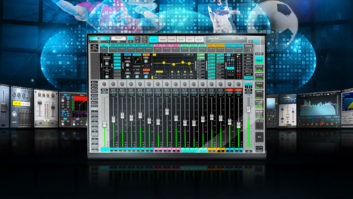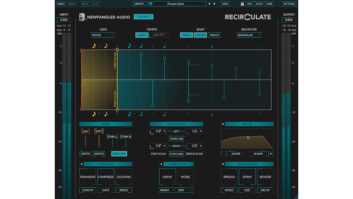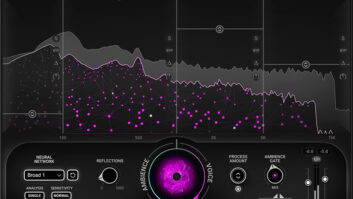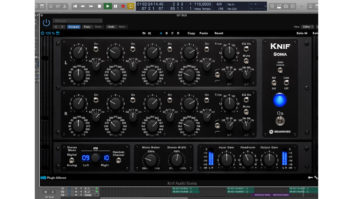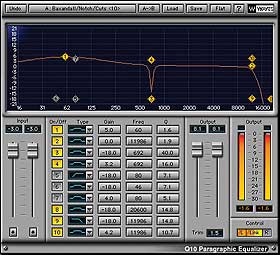
The concept of plug-ins—additions that add functionality to established programs—dates back to text editors running on Univac mainframes in the 1970s. By 1991, plug-ins came on the scene, mainly as filter effects sets for paint and photo-manipulation software. Although few realized it then, the audio world was about to see some rather significant changes in the years to come.
At AES 1992, Waves unveiled the first audio plug-in. Created by founders producer Gilad Keren and musician Meir Shaashua (both having extensive math and engineering backgrounds), the Q10 Paragraphic Equalizer was a little before its time. It ran on Digidesign’s Sound Tools and early Pro Tools systems where only a single plug-in could run at a time. Two years later, the advent of TDM opened the possibility of multiple plug-ins on a single session, and software-based signal processing began evolving into an integral part of modern audio production. Today, the Q10 is still going strong (now updated for multiple platforms and 24-bit/192kHz resolution) and is offered in Waves’ high-end production bundles.


